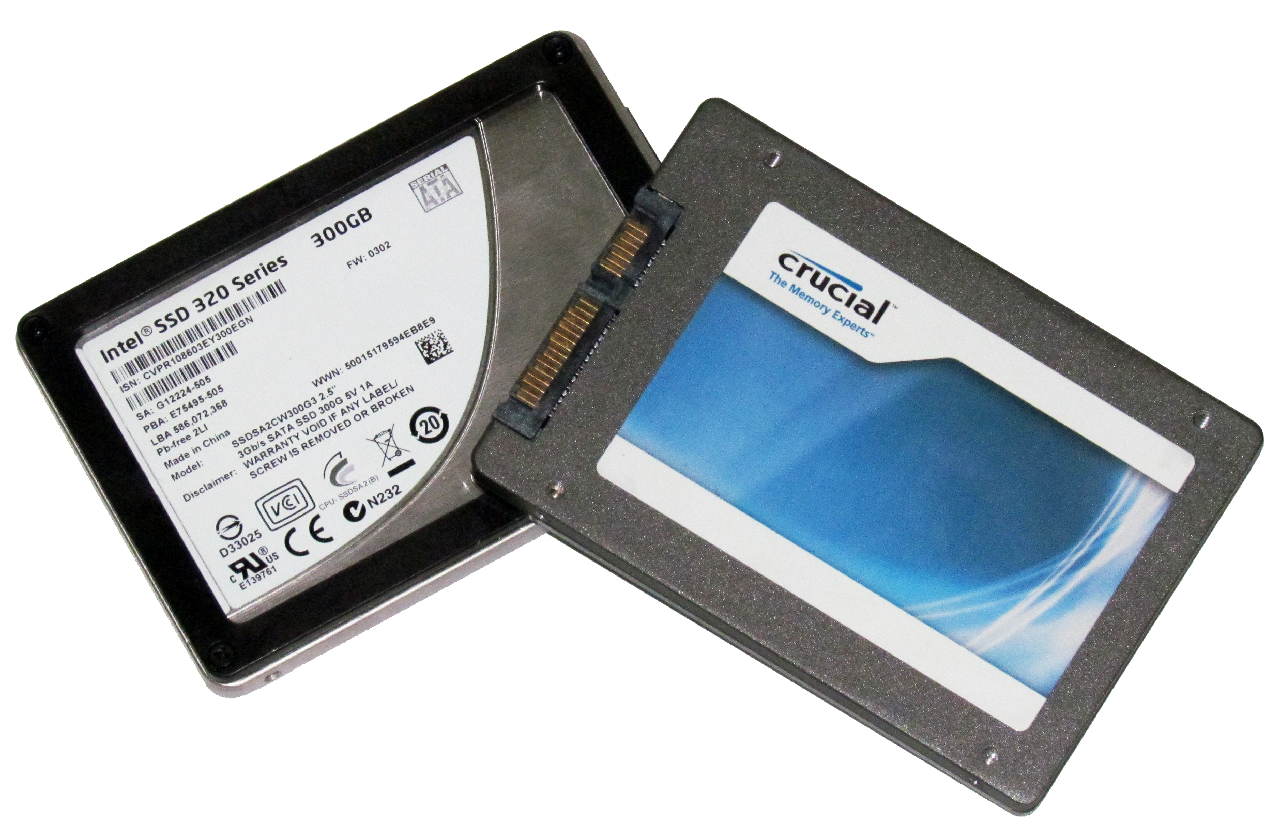Crucial m4 And Intel SSD 320: The Other SSD Competitors
The Other 2011 Competitors
Intel's most recent SSD introduction left us with mixed feelings. Rather than behaving like a well-rounded drive, Intel's SSD 510 clearly emphasized sequential transfers, sacrificing random I/O in the process. As a result, it delivers its strongest performance in applications like video editing, and would be far less suited for duties inside of a Web or database server.
Most people are looking for a balanced SSD. That's what made the first-gen X25-M so attractive back when it first emerged. It proved to be a compelling solution for everyone, from enthusiasts to SMB-oriented customers. Between then and now, we’ve seen the performance crown bounce around. Most recently, OCZ's Vertex 3 and Vertex 3 Pro drew our attention with consistently high SATA 6Gb/s performance.
As we suggested in the SSD 510 piece, more flash-based drives were expected...and soon. Well, they've finally shown up. Last year, Crucial shook up the performance tree by introducing the first SATA 6Gb/s drive, its RealSSD C300. As a follow up, Crucial's m4 seeks to improve upon that drive's performance. Why call it the m4? Crucial and Micron are trying to differentiate their respective markets. Crucial's m4 is the drive for business and consumer customers; Micron’s RealSSD C400 is for OEMs. From here on out, Crucial is dropping the "RealSSD" name from its consumer products. It will only be used by Micron.
Meanwhile, Intel is announcing its third-gen X25-M, dubbed the SSD 320. This is substantially different from the SSD 510. While the 6Gb/s 510 series is intended for enthusiasts based on a Marvell controller, the SSD 320 is a refresh of what we've already seen from the X25-M and the X25-M G2, based on Intel's proprietary controller.
Get Tom's Hardware's best news and in-depth reviews, straight to your inbox.
Current page: The Other 2011 Competitors
Next Page Meet Intel's SSD 320, The Postville Refresh-
Could you expand on the Full Disk Encryption capabilities of the Intel 320?Reply
If you can actually use hardware FDE on that drive (rather than just secure erase), that's a winner for me. -
bto Why does the Intel 510 250GB appear to have two scores in crystalmark? (469.4 and 259.7) on the top benchmark on page: "Benchmark Results: CrystalDiskMark Streaming Performance" the specs are identical for both.Reply -
poppasmurf Great lil tidbit, wonder what the difference will be between other SSD's with different interface connections other than physical appearance and the interface connection. More on the lines of pro's and con's between the SSD interface connections I'm referring to the OCZ PCI-e drives vs. SATA 6GB just a thought to stir up the hoop la of ssd's :PReply -
JohnnyLucky I am beginning to wonder if we haven't reached the point where the human eye and brain are finding it harder to differentiate performance among ssd's. Some mainstream benchmarks seem to suggest that. Some of the benchmarks in this review seem to indicate the same. There are some very tight groupings.Reply -
henryvalz At the speed points that SSDs are functioning, I'm beginning to think that durability and reliability might be the best basis for decision. I would also really like to see some boot times from Windows 7, or loading time for games.Reply -
kev_stev Does anyone know when the vertex 3 and M4 are going to actually be available? I have heard rumors that the vertex 3 will be released "any day now" since mid march...Reply -
iamtheking123 I'll go SSD in my next build, probably in a year and a half. Right now I'm satisfied with Raid 0-ed 1TB Caviar Blacks.Reply
